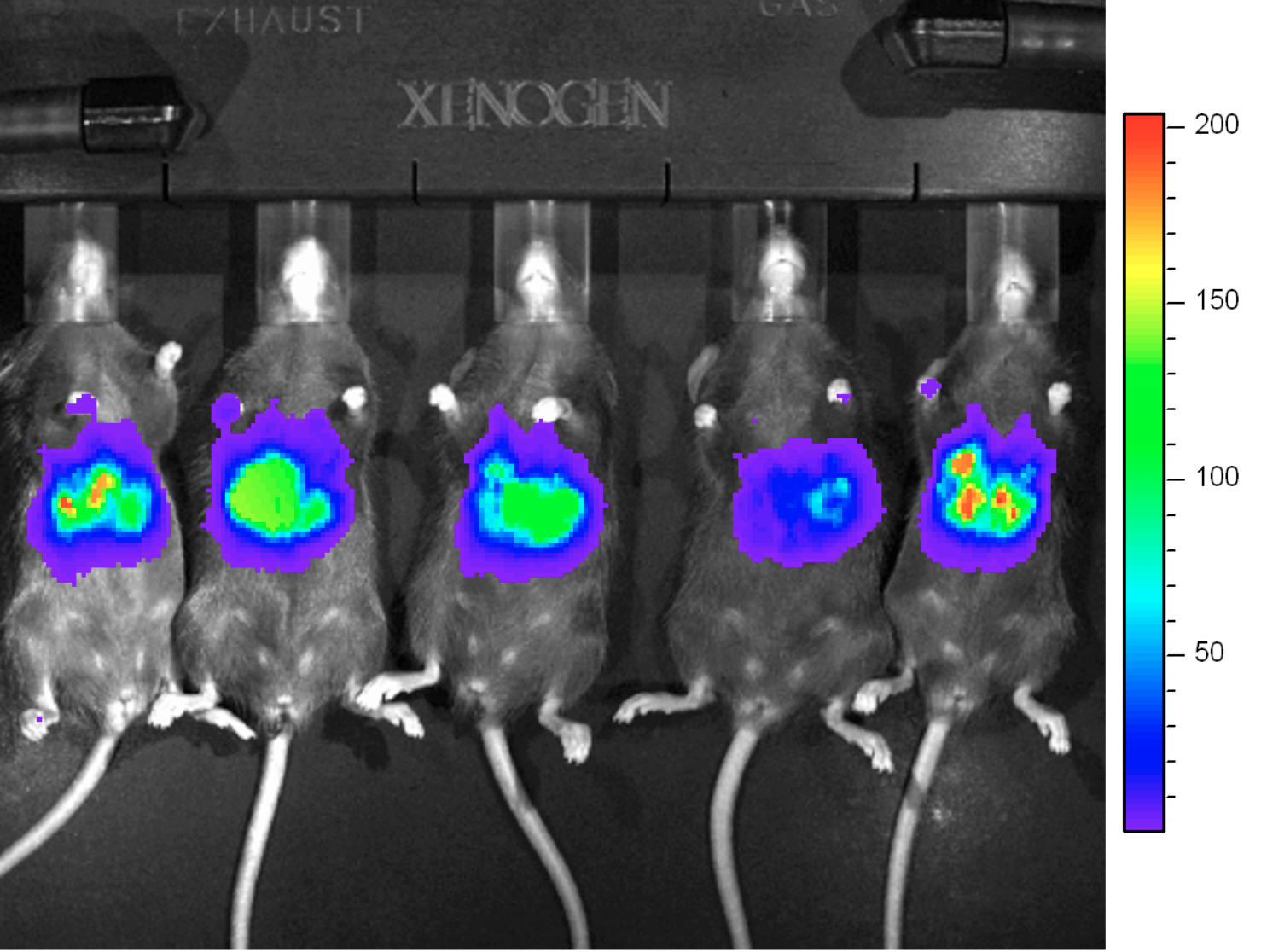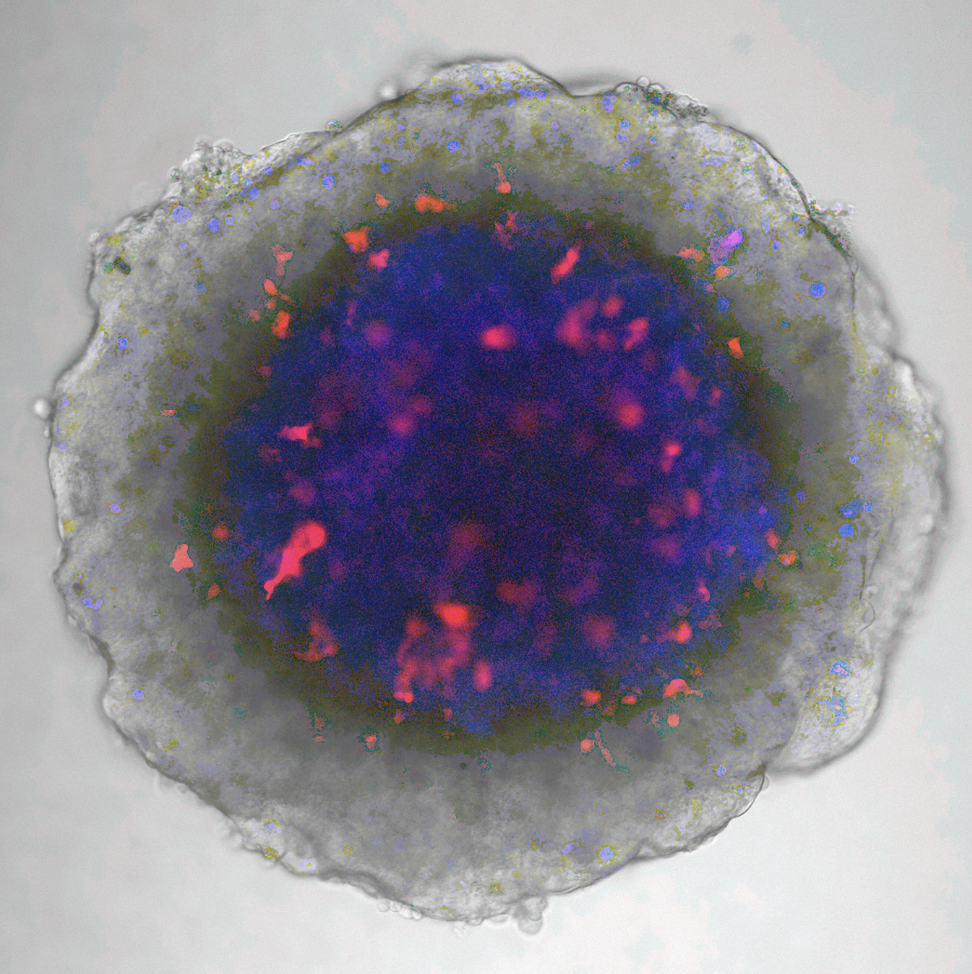2014900998 was filed to cover the synthesis of polymeric nanoparticles for the dispersion of biofilm. Biofilm is one of the main causes of death in hospital. The work behind this patent describes the design of small nano-objects using living radical polymerisation to encapsulate therapeutic molecules to disperse biofilm. A/Prof. Cyrille Boyer and his group were able to have sustained release for several days, preventing the build up of biofilm. They used transmission electron microscopy in the AMMRF at the University of New South Wales to characterise these nano-objects.

PCT/AU2013/000509 describes a new DNA-based vaccine system for HIV and hepatitis C. Prof. Eric Gowans, from the University of Adelaide (UoA), has developed a cellular vaccine and method of inducing an immune response in a subject. The new system causes a small amount of tissue inflammation at the injection site in the skin, which stimulates the abundant antigen presenting cells (dendritic cells) in the area to become active. This generates an immune response robust enough for the vaccination to be successful. Bioluminescent imaging in the AMMRF at UoA helped validate the processes.

Patents have been granted in territories around the world for a novel method to deliver drugs to the centre of hard-to-treat solid tumours. Prof. Brian Hawkett and Dr Nicole Bryce have developed the method that relies on the distinctive chemistry in these tumours to specifically control the release of anti-cancer drugs to the most difficult-to-reach cancer cells. The work used imaging of living spheres of cultured cells called spheroids that mimic the environment inside a tumour. This was done in the AMMRF at the University of Sydney.

Spheroid is approximately 700μm in diameter.
October 21, 2014